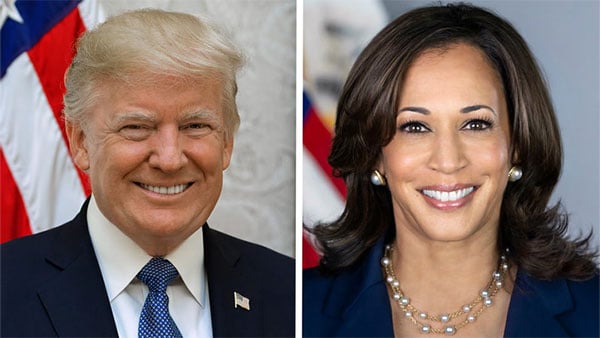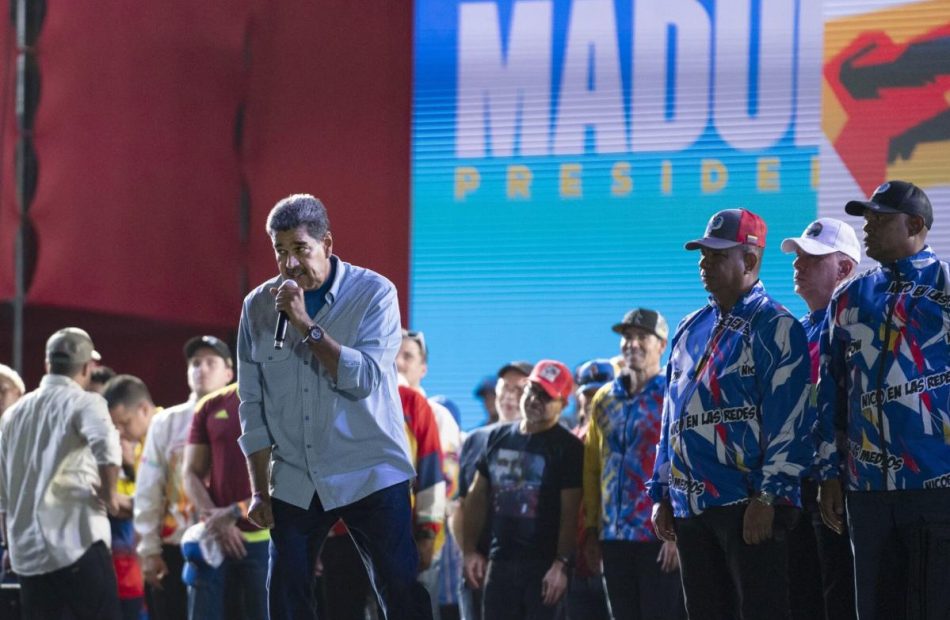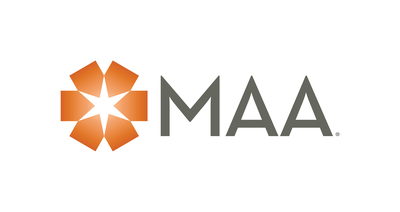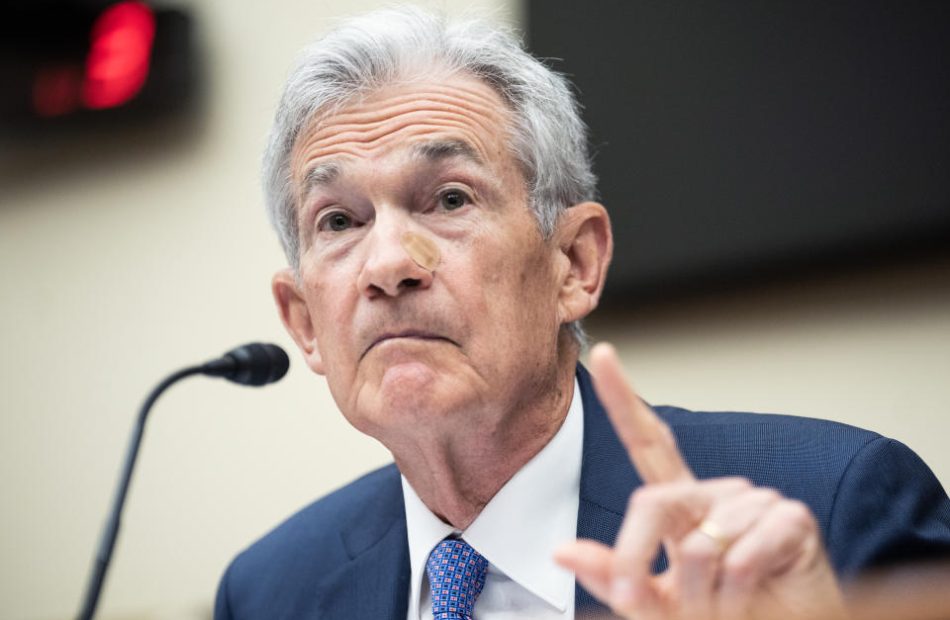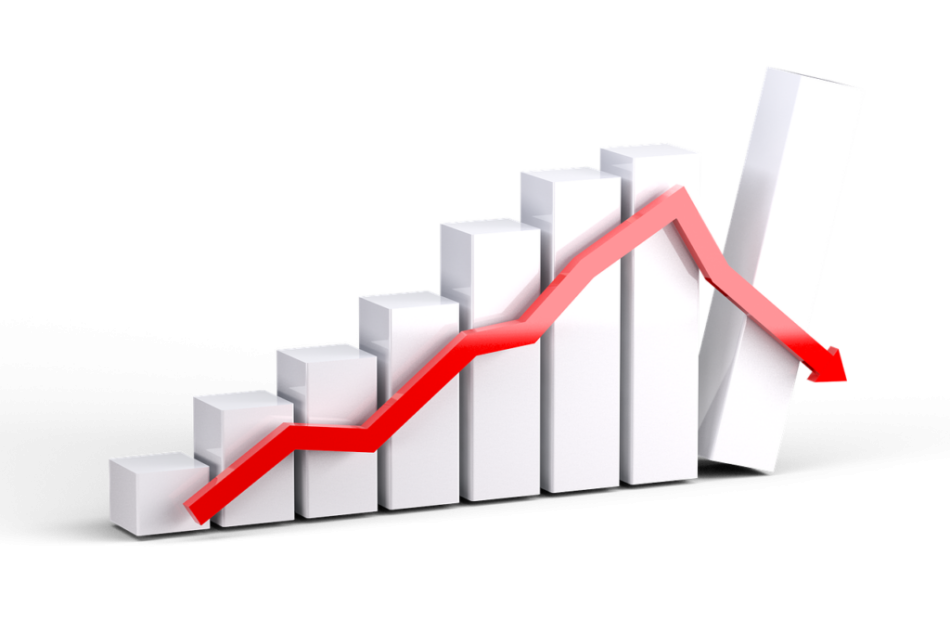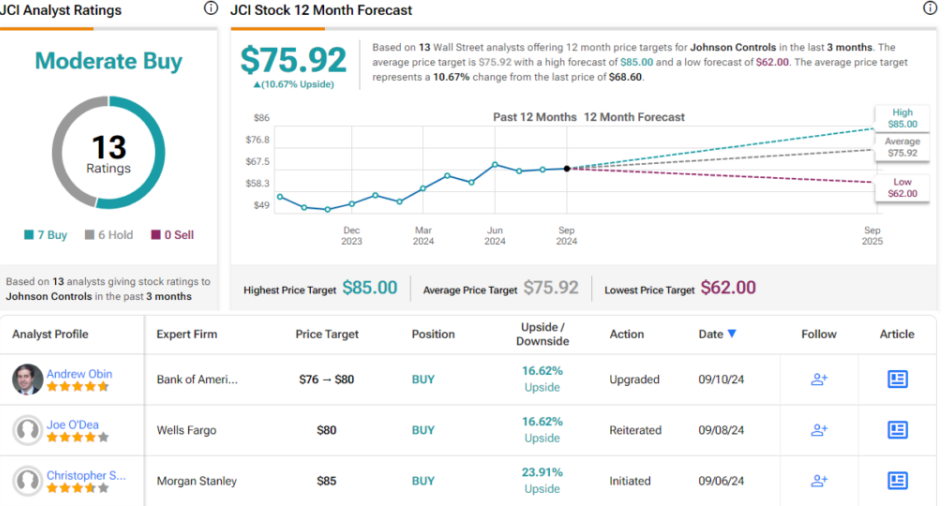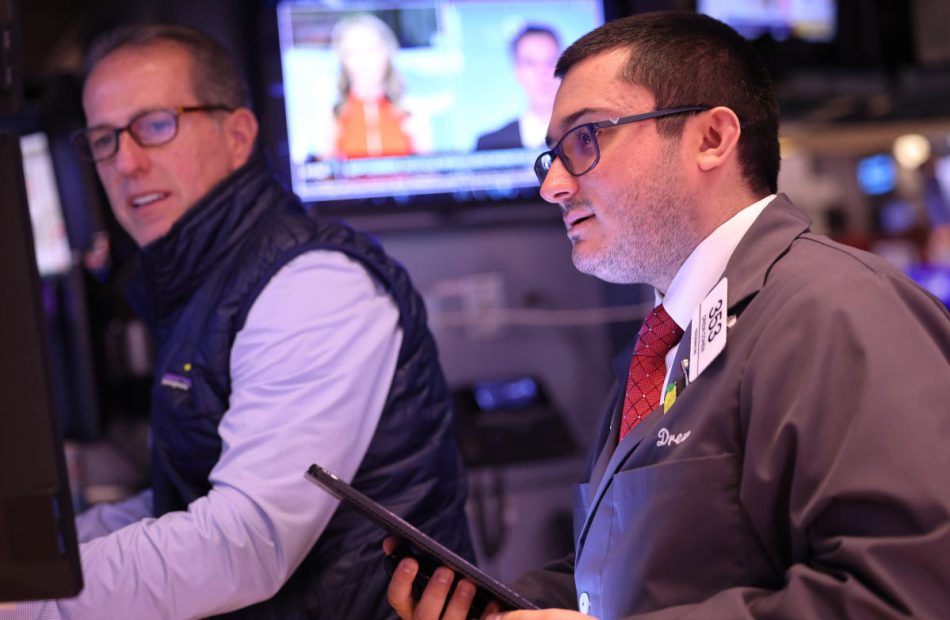Dow Jones futures fell modestly overnight, along with S&P 500 futures and Nasdaq futures. The debate between former President Donald Trump and Vice President Kamala Harris is over. The CPI inflation report is due early Wednesday.
↑
X
NOW PLAYING
Stocks Mixed After Big Events; Exelixis, DaVita And JPMorgan Chase In Focus
The stock market rally had a mixed session Tuesday. The Nasdaq led while the S&P 500 moved back to the cusp of a key level.
Tesla (TSLA) jumped on continued strong China sales and other news. Nvidia (NVDA) rose slightly. Several software stocks, including Microsoft (MSFT), advanced as NYSE-listed Oracle (ORCL) gapped out of a base on earnings.
The Dow Jones fell modestly. Warnings from Dow components JPMorgan Chase (JPM), Goldman Sachs (GS), as well as auto lending giant Ally Financial (ALLY), hit banks and lenders.
The video embedded in this articles discusses the current market action and analyzes Exelixis, DaVita and JPMorgan stock.
Dow Jones Futures Today
Dow Jones futures were 0.4% below fair value. S&P 500 futures declined 0.5% and Nasdaq 100 futures fell 0.6%.
Dow futures extended losses during and after the presidential debate, but it’s not clear if that was the driving force.
The Japanese yen hit its highest level vs. the dollar since Jan. 2, after a Bank of Japan policymaker signaled support for further rate hikes. The unwinding of the yen-carry trade has been a negative for markets.
Crude futures rose slightly.
Remember that overnight action in Dow futures and elsewhere doesn’t necessarily translate into actual trading in the next regular stock market session.
Trump-Harris Presidential Debate
The Trump-Harris debate began at 9 p.m. ET. and ended more than 90 minutes later.
The presidential race is tight. So even a tiny post-debate shift could have outsized expectations.
It’s possible that whichever party wins the White House also will carry Congress, offering the opportunity for sweeping policy moves.
During the debate, Harris said she has “plan to lift up the middle class.” Trump said his tariffs got billions of dollars from China and didn’t cause inflation, while inflation spiked under Biden-Harris.
Harris said she supports “diverse sources” of energy while Trump said she’d never allow fracking in Pennsylvania.
The debate didn’t cover tax policy, perhaps the issue of most importance to financial markets.
Who won the debate? Well, prediction markets generally showed Harris gaining ground and Trump slipping in terms of who would win the election.
Trump Media and Technology Group (DJT), majority owned by Donald Trump, rose 3.3% to 18.63 in Tuesday’s trading. DJT stock often trades as a sentiment indicator toward Trump and his candidacy. Trump Media, which owns Truth Social, has scant revenue.
Join IBD experts as they analyze leading stocks and the market on IBD Live
CPI Inflation Report
The Labor Department will release the August consumer price index at 8:30 a.m. ET. Economists expect a 0.2% monthly gain for the CPI and core CPI. CPI inflation should fall to 2.6% vs. a year earlier while core inflation holds at 2.9%.
On Thursday, Labor will release the producer price index.
The Fed has pivoted from inflation risks to economic growth worries, but a tame CPI and PPI could give policymakers more room the cut rates by 50 basis points on Sept. 18. Markets largely expect only a quarter-point Fed rate cut.
Stock Market Rally
The stock market rally had a mixed session Tuesday, though the indexes finished relatively well.
The Dow Jones Industrial Average dipped 0.2% in Tuesday’s stock market trading, but closing above the 21-day line. The S&P 500 index rose 0.45%, just below its 50-day line. The Nasdaq composite advanced 0.8%, still well below the 50-day line. The small-cap Russell 2000 lost a fraction, well off intraday lows.
The Invesco S&P 500 Equal Weight ETF (RSP) edged higher, just above the 21-day. Along with the Dow and a number of nontech sectors, RSP is holding up relatively well.
JPMorgan stock, Goldman and Ally helped lead sharp losses Tuesday in banks and lenders, though many other financials did just fine.
While the Nasdaq and S&P 500 rose for a second straight session, they are still trading within Friday’s bearish sell-off.
U.S. crude oil prices tumbled 4.3% to $65.75 a barrel, the lowest settlement since December 2021. OPEC, which delayed a planned production hike last week, cut global oil demand forecasts once again. Weak China imports also hurt.
The 10-year Treasury yield fell 5 basis points to 3.64%, a fresh 52-week low.
ETFs
Among growth ETFs, the iShares Expanded Tech-Software Sector ETF (IGV) rose 1.6%, buoyed by Oracle, Microsoft and a few other big names. The VanEck Vectors Semiconductor ETF (SMH) climbed 0.95%. Nvidia stock is the No. 1 member in SMH.
Reflecting more-speculative story stocks, ARK Innovation ETF (ARKK) rallied 1.5% and ARK Genomics ETF (ARKG) gained 1.8%. Tesla stock is a major holding across Ark Invest’s ETFs. Cathie Wood also has taken a big position in NVDA stock in recent months.
SPDR S&P Homebuilders ETF (XHB) advanced 0.5%. The Energy Select SPDR ETF (XLE) slumped 1.7% and the Health Care Select Sector SPDR Fund (XLV) rose 0.5%
The Industrial Select Sector SPDR Fund (XLI) edged up 0.2%.
The Financial Select SPDR ETF (XLF) fell 1%. JPM stock and Goldman Sachs are big XLF holdings.
Time The Market With IBD’s ETF Market Strategy
Stocks In Buy Zones
Exelixis (EXEL), DaVita (DVA) and On Holding (ONON) are in buy areas, all bouncing slightly off their 21-day lines. EXEL stock rose 3.1%, breaking a short downtrend in an emerging base after an early August earnings breakout. DaVita stock climbed 2.2%, continuing to trade within a flat-base buy zone. ONON stock advanced 2%, holding a 44.30 buy point.
Nvidia stock and DaVita are on IBD Leaderboard. DaVita was Tuesday’s IBD Stock Of The Day.
JPMorgan, Ally Hit Lenders
JPMorgan and Goldman Sachs sold off 5.2% and 4.4%, respectively. Both tumbled below buy points and their 50-day lines. JPMorgan warned of lower net interest income while Goldman sees weaker trading revenue.
Ally Financial warned of weaker credit and net interest income trends. Ally Financial dived 17.6%. That added to lenders’ misery, while also knocking auto dealers like Carvana (CVNA) as well as automakers such as General Motors (GM).
Fed Vice Chair for Supervision Michael Barr said Tuesday that the biggest U.S. banks face a 9% hike in capital requirements as part of changes related to Basel III global standards. But that hike, well off initial plans, was largely expected.
Tesla Stock
Tesla stock rose 4.6% to 226.17, moving above the 50-day line.
The latest weekly Tesla sales in China were strong once again, turning positive year to date. Meanwhile, Deutsche Bank initiated TSLA stock at a buy with a $295 price target.
Shares pared gains as the market wavered. Ally Financial’s warning also may have affected Tesla.
Tesla stock has a 271 official buy point. Investors could use the Sept. 5 high of 235 as a new early entry.
What To Do Now
With the stock market rally still struggling, it’s not a good time for new buys.
But a large number of stocks across a variety of sectors are setting up or close to being in position. So investors need to track those names and stay engaged with the market.
Read The Big Picture every day to stay in sync with the market direction and leading stocks and sectors.
Please follow Ed Carson on Threads at @edcarson1971 and X/Twitter at @IBD_ECarson for stock market updates and more.
YOU MAY ALSO LIKE:
Why This IBD Tool Simplifies The Search For Top Stocks
Catch The Next Big Winning Stock With MarketSurge
Want To Get Quick Profits And Avoid Big Losses? Try SwingTrader
Best Growth Stocks To Buy And Watch
IBD Digital: Unlock IBD’s Premium Stock Lists, Tools And Analysis Today

